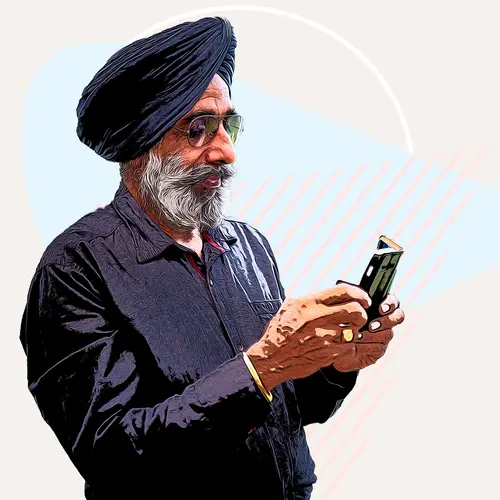Age-related macular degeneration (AMD) is the leading cause of blindness in adults over the age of 50. As more and more people reach the age of 65, the numbers will grow even more. In fact, it’s predicted that the number of early AMD cases may double, from just over 9 million in 2010 to almost 18 million in 2050.
Unfortunately, there are very few ways to treat it. There are two options that can slow down vision loss from wet AMD: injections and a laser treatment known as photodynamic therapy. But there is no way to treat dry AMD, which is the more common form and affects 85% to 90% of people who have AMD.
If you have AMD, one of your best options may be to enroll in a clinical trial. Here’s a look at what those are and how to find out if one is right for you.
What’s a Clinical Trial?
Clinical trials are research studies done in people that measure how well a certain medical intervention works. They help doctors learn if a new treatment, like a new drug, helps to treat a condition and is safe.
Some clinical trials for AMD try to figure out the causes of the disease, so that they can come up with ways to cure it. Some look at promising new treatments, and others try to find ways to prevent it. All of them are important in advancing research into AMD.
What Are Some of the Most Promising Areas of Research for AMD?
While there are many areas of research for AMD, here are some of the most promising ones:
Complement system inhibitors. Recently, studies suggest that people have dry AMD because of an overactive complement system, which is the part of your body’s immune system that helps clean up damaged cells. Sometimes it goes into overdrive, which causes inflammation that can lead to dry AMD. Researchers are looking at whether certain injections can stop this process. Some are even studying a form of gene therapy, where cells of the retina are permanently altered after just one shot.
Stem cell therapy. Stem cells are special types of cells that can turn into many different cell types. Some trials take patients’ own blood cells and convert them into stem cells so that they can be implanted into their retinas. The hope is that they will replace old, damaged cells.
Implants. One approach is “neuroprotection,” where an implant is surgically placed into the eye to release a protective drug. One being studied is brimonidine, which is used to treat glaucoma.
Eyedrops. Some studies look at whether eyedrops that increase blood flow to the retina can slow down the progression of dry AMD. The theory is that they nourish the photoreceptors, special cells in the retina that allow you to see colors and at nighttime.
What Are the Pros and Cons of Clinical Trials for AMD?
If you are in a clinical trial, you have access to treatments that aren’t available to the public. Since there are very few treatments for AMD, it may mean that you receive a therapy that potentially saves your sight – or at least prevents the disease from getting worse. You’ll also help others who live with AMD and help to move research toward a breakthrough.
But taking part in a study doesn’t guarantee you’ll get a good result. Less than half of all experimental drugs complete early clinical trials, which are known as phase I and phase II studies. Some treatments may also have side effects. Doctors will closely follow you to track these side effects and take action when necessary.
How Do I Find a Clinical Trial for AMD?
You can find a list of clinical trials at www.clinicaltrials.gov. This will give you information on any research study that focuses on AMD, but it doesn’t mean that the U.S. government has reviewed it. You can also find trials at www.centerwatch.com. Your doctor or local hospital may also be able to give you information on studies in your area.
Once you’ve found some trials that may apply to you, you’ll need to find out if you’re eligible for them. The trials include the criteria to be accepted. For example, many trials require that you have AMD and be over the age of 50, and they may specify whether they want patients with an early-stage or later-stage disease.
If you’re eligible, you can contact the trial center via the contact information on the recruitment announcement. If they think you meet their criteria, they will set up an in-person appointment. You may need certain medical tests. They will also explain the clinical trial’s protocol. This describes what the study doctors will do and any potential risks of the trial. It’s a good idea to speak to your eye doctor before you enroll.
Once you do enroll, you’ll be assigned to either the experimental group, which receives the treatment, or a control group, which receives either a standard treatment or a placebo. Usually, both you and the study doctors don’t know which one you get. Before you start, you will sign a consent form that says you will take part in the study and you give permission for researchers to share your data.
You don’t usually pay to be in a clinical trial. If you need to pay for travel (including a hotel room), some studies will reimburse you for those expenses.
Remember, if you take part in a clinical trial for AMD, you help guide advances in treatment. You may even be part of a study that eventually leads to a cure. You may benefit from being in this trial, and the research may lead to better health outcomes for all patients with AMD.


